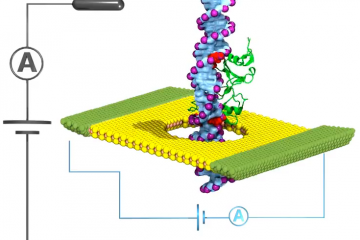
Design of a low power Transimpedance amplifier (TI...
• Dr. Rajnish Sharma
Team members:
• Kulbhushan Sharma, (PhD Scholar)
• AnishaPathania, (ME Scholar)
• ChanderPartap Singh, (ME Scholar)
• Dr. Rajnish Sharma
Team members:
• Kulbhushan Sharma, (PhD Scholar)
• AnishaPathania, (ME Scholar)
• ChanderPartap Singh, (ME Scholar)
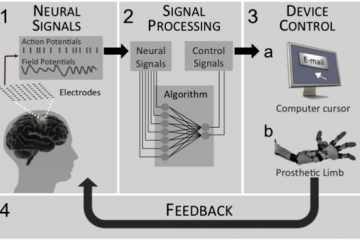
Design of an energy-efficient analog front-end for...
• Dr.Rajnish Sharma
Team members:
• Kulbhushan Sharma (PhD Scholar)
• Preeti Sharma (ME Scholar)
• Dr.Rajnish Sharma
Team members:
• Kulbhushan Sharma (PhD Scholar)
• Preeti Sharma (ME Scholar)
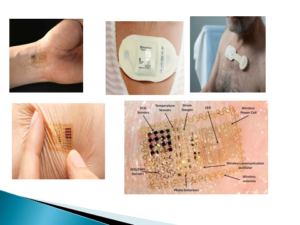
Remote Vital Information and Surveillance System f...
Dr.S.N.Panda and Team
Dr.S.N.Panda and Team
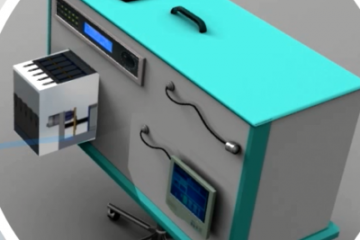
SMART AND PORTABLE INTENSIVE CARE UNIT
DR.S.N.PANDA AND TEAM
DR.S.N.PANDA AND TEAM
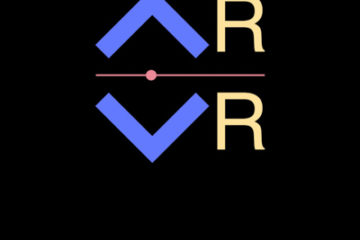
Augmented And Virtual Reality Learning System For ...
Dr. Archana Mantri
Dr. Archana Mantri
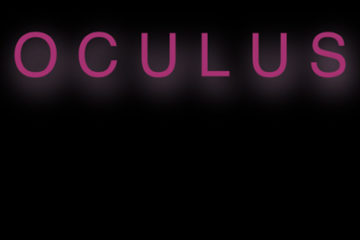
Optometry Curriculum For Lifelong Learning Through...
Prof Preethi John
Prof Preethi John
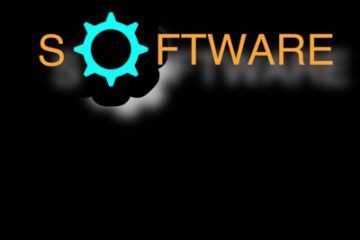
Envisaging Software Requirements Elicitation Proce...
Ms. Cheshta Sharma M.E. Scholar
CURIN, Chitkara University
Ms. Cheshta Sharma M.E. Scholar
CURIN, Chitkara University

Mixed Reality Based Interactive Learning System Fo...
Mr. Amit Pandey PhD Scholar
CURIN, Chitkara University
Mr. Amit Pandey PhD Scholar
CURIN, Chitkara University

Development Of 3D Models For AR/VR Applications An...
Ms. Bhanu Sharma Research Scholar
CURIN, Chitkara University
Ms. Bhanu Sharma Research Scholar
CURIN, Chitkara University

Virtual Reality Based Teaching And Learning Aid.
Ms. Amanpreet Kaur Research Scholar
CURIN, Chitkara University
Ms. Amanpreet Kaur Research Scholar
CURIN, Chitkara University

Development Of Tangible User Interfaces For AR/VR ...
Ms. Shubham Gargrish M.E. Scholar,
CURIN, Chitkara University
Ms. NehaTuli M.E. Scholar
CURIN, Chitkara University
Ms. Shubham Gargrish M.E. Scholar,
CURIN, Chitkara University
Ms. NehaTuli M.E. Scholar
CURIN, Chitkara University
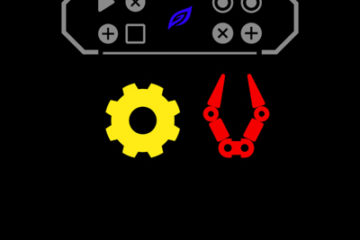
Serious Game Development
Ms. NehaTuli M.E. Scholar
CURIN, Chitkara University
Ms. Shubham Gargrish M.E. Scholar
CURIN, Chitkara University
Ms. NehaTuli M.E. Scholar
CURIN, Chitkara University
Ms. Shubham Gargrish M.E. Scholar
CURIN, Chitkara University

